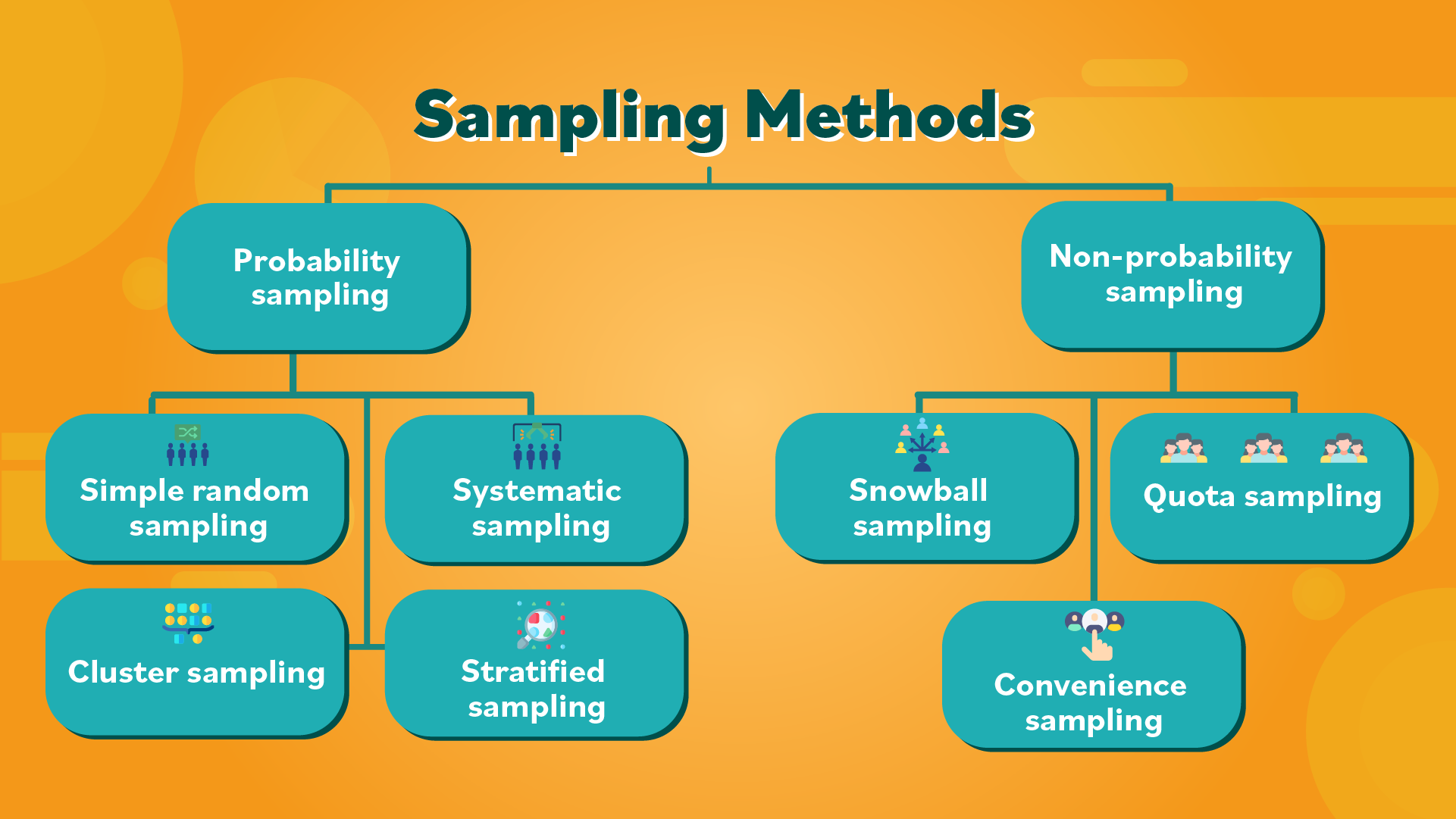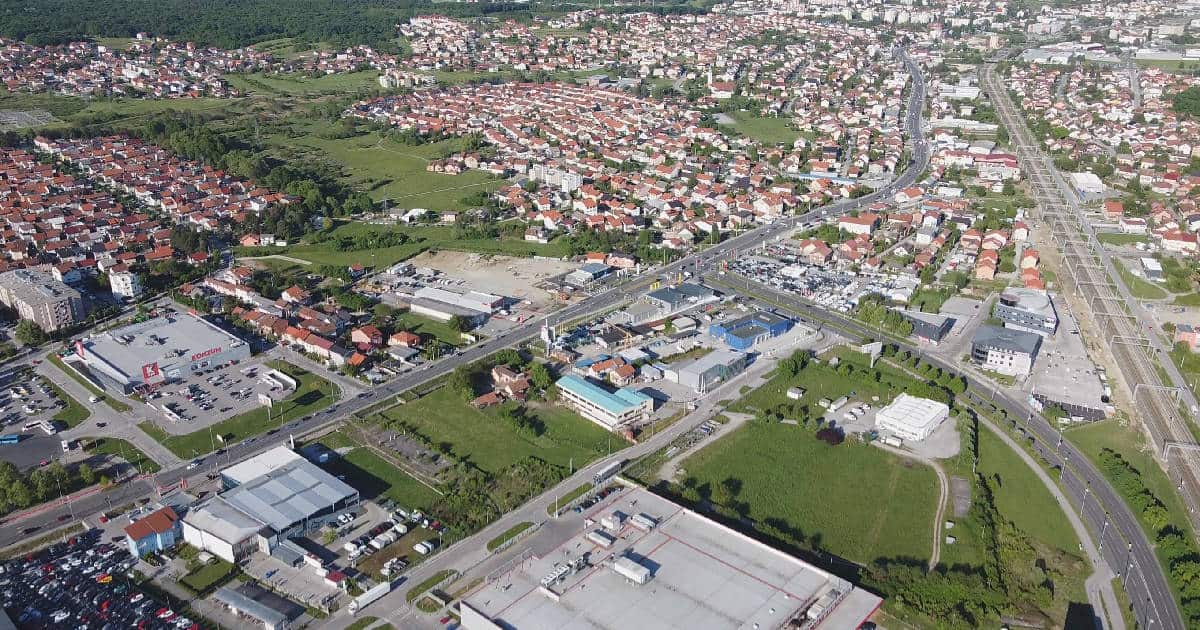Understanding the Discontinuous Synthesis of the Lagging Strand in DNA Replication
Introduction: The Puzzle of Discontinuous DNA Synthesis
DNA replication is a central process in all living organisms, ensuring that genetic information is accurately passed on during cell division. While one DNA strand is synthesized smoothly and continuously, the other-known as the lagging strand-is constructed in a fragmented, discontinuous manner. This unique feature of DNA replication has fascinated scientists for decades. This article explores why the lagging strand is synthesized discontinuously , what this means for cellular processes, and how these intricate mechanisms can be studied and understood in practical settings.

Source: dextertrainingconcepts.com
DNA Structure and the Challenge of Antiparallel Orientation
DNA is composed of two strands that run in opposite directions-a property known as antiparallel orientation . Each strand has a 5′ (five-prime) end and a 3′ (three-prime) end. The two strands are held together by complementary base pairing, forming the classic double helix. During replication, the DNA molecule unwinds at specific regions called replication forks, where the two strands separate and serve as templates for the creation of new complementary strands.
The enzyme responsible for synthesizing new DNA, DNA polymerase , can only add nucleotides to the 3′ end of a growing DNA strand. Thus, it can only synthesize DNA in the 5′ to 3′ direction. This unidirectional activity poses a major challenge for the cell because, at each replication fork, the two template strands are oriented in opposite directions [3] .
Continuous vs. Discontinuous Synthesis: Leading and Lagging Strands
The leading strand is synthesized continuously in the direction of the replication fork’s movement. DNA polymerase can follow the fork as it unwinds, adding nucleotides in a straightforward, uninterrupted manner. In contrast, the lagging strand template is exposed in the 3′ to 5′ direction relative to the fork’s movement. Since DNA polymerase cannot synthesize in this direction, the cell must employ a different strategy [1] .
To address this, the lagging strand is synthesized in short, separate sections called Okazaki fragments . Each fragment is initiated by a short RNA primer laid down by the enzyme primase. DNA polymerase then extends these primers with DNA nucleotides, working away from the replication fork. As the fork continues to open, new RNA primers are added, and more Okazaki fragments are synthesized [2] .
Okazaki Fragments: The Building Blocks of the Lagging Strand
Okazaki fragments are typically 100-200 nucleotides long in eukaryotes and significantly longer in prokaryotes. These short DNA pieces are later joined together to form a continuous strand. The discovery of Okazaki fragments in the 1960s by Reiji and Tsuneko Okazaki provided crucial evidence for the discontinuous model of lagging strand synthesis. Their experiments used radioactive nucleotides to track the creation of new DNA and demonstrated the fragmentary nature of the lagging strand [2] .
The process involves several critical enzymes:
- Primase : Lays down RNA primers to initiate each fragment.
- DNA polymerase : Extends the primers with DNA nucleotides in the 5′ to 3′ direction.
- Flap endonuclease 1 (FEN1) : Removes the RNA primers once the DNA has been synthesized [4] .
- DNA ligase I : Joins the Okazaki fragments by catalyzing the formation of phosphodiester bonds, thus creating a continuous DNA strand [4] .
Step-by-Step: How Discontinuous Synthesis Occurs
- Unwinding of DNA : Helicase unwinds the double helix at the replication fork.
- Primer Placement : Primase synthesizes short RNA primers at intervals along the lagging strand template.
- Fragment Extension : DNA polymerase attaches to each primer and extends the DNA in the 5′ to 3′ direction, moving away from the fork.
- Primer Removal : FEN1 removes the RNA primers, and DNA polymerase fills in the resulting gaps with DNA.
- Fragment Joining : DNA ligase seals the nicks between fragments, completing the strand.
This stepwise process ensures that both DNA strands are replicated simultaneously, despite the directionality constraints imposed by DNA polymerase [3] .

Source: mbaskool.com
Practical Applications and Laboratory Study
Studying the discontinuous synthesis of the lagging strand is fundamental in molecular biology, genetics, and biotechnology. Researchers use various techniques to observe and manipulate DNA replication in the lab, including radioactive labeling (as done by the Okazakis), PCR-based assays, and advanced imaging technologies.
If you are interested in exploring this further, consider the following approaches:
- University Research Labs : Many university biology departments offer hands-on research opportunities in DNA replication. You can contact faculty members in molecular biology or biochemistry for lab positions or internships.
- Online Educational Resources : Authoritative platforms such as the National Center for Biotechnology Information (NCBI) and Reactome provide detailed pathway databases and educational materials. You can search for “lagging strand DNA replication” on the official NCBI Bookshelf or Reactome Pathway Database for in-depth tutorials.
- Textbook Study : Standard molecular biology textbooks cover the mechanics of DNA replication in detail. Examples include “Molecular Biology of the Cell” by Alberts et al. and “Biochemistry” by Berg, Tymoczko, and Stryer.
For access to current research, you may use your academic institution’s library or official journal websites such as Nature , Cell , or Journal of Biological Chemistry by searching for terms like “Okazaki fragment joining” or “lagging strand synthesis.”
Potential Challenges and Solutions in Research
One of the primary challenges in studying lagging strand synthesis is capturing the rapid and transient formation of Okazaki fragments. Researchers overcome this by using time-resolved labeling and electrophoresis to separate and detect DNA fragments of different lengths.
Another challenge is distinguishing between errors in primer placement and DNA polymerase activity. Advanced biochemical assays and genetic mutants in model organisms such as
Escherichia coli
or
Saccharomyces cerevisiae
can help dissect the roles of individual enzymes. You can find protocols for these experiments in peer-reviewed journals or by consulting online laboratory protocol databases maintained by universities or major publishers.
Alternative Approaches to DNA Synthesis
While the discontinuous synthesis model is universal among current life forms, scientists have engineered alternative in vitro systems using modified enzymes or artificial templates to study the basic principles of directional DNA synthesis. These approaches offer insights into the evolution of DNA replication mechanisms and potential applications in biotechnology, such as DNA sequencing and synthetic biology.
If you are interested in exploring these alternatives, you can look for academic workshops or online courses in synthetic biology and molecular engineering. Professional organizations such as the American Society for Biochemistry and Molecular Biology (ASBMB) regularly host seminars and provide educational materials on these advanced topics.
Summary and Key Takeaways
The discontinuous synthesis of the lagging strand is a direct result of the chemical and structural constraints of DNA and its replicative enzymes. This process ensures the faithful duplication of genetic information, even though it requires additional steps and specialized enzymes. By understanding the molecular details of lagging strand synthesis, scientists continue to unravel the complexities of genetics, heredity, and disease mechanisms.
For those seeking more information or practical involvement, consider reaching out to university biology departments, searching for authoritative resources through NCBI and Reactome, or consulting standard textbooks and peer-reviewed journals. The study of DNA replication remains a cornerstone of modern biology and offers abundant opportunities for exploration and discovery.
References
- [1] Number Analytics (2025). The Lagging Strand: A Deep Dive.
- [2] University of Nebraska-Lincoln (2024). Step 3: Synthesis of leading and lagging strands.
- [3] Reactome Pathway Database (2025). Lagging Strand Synthesis.
- [4] Wikipedia (2004). Okazaki fragments.
- [5] Memorial University of Newfoundland (2014). Continuous & Discontinuous synthesis.
MORE FROM couponito.com













